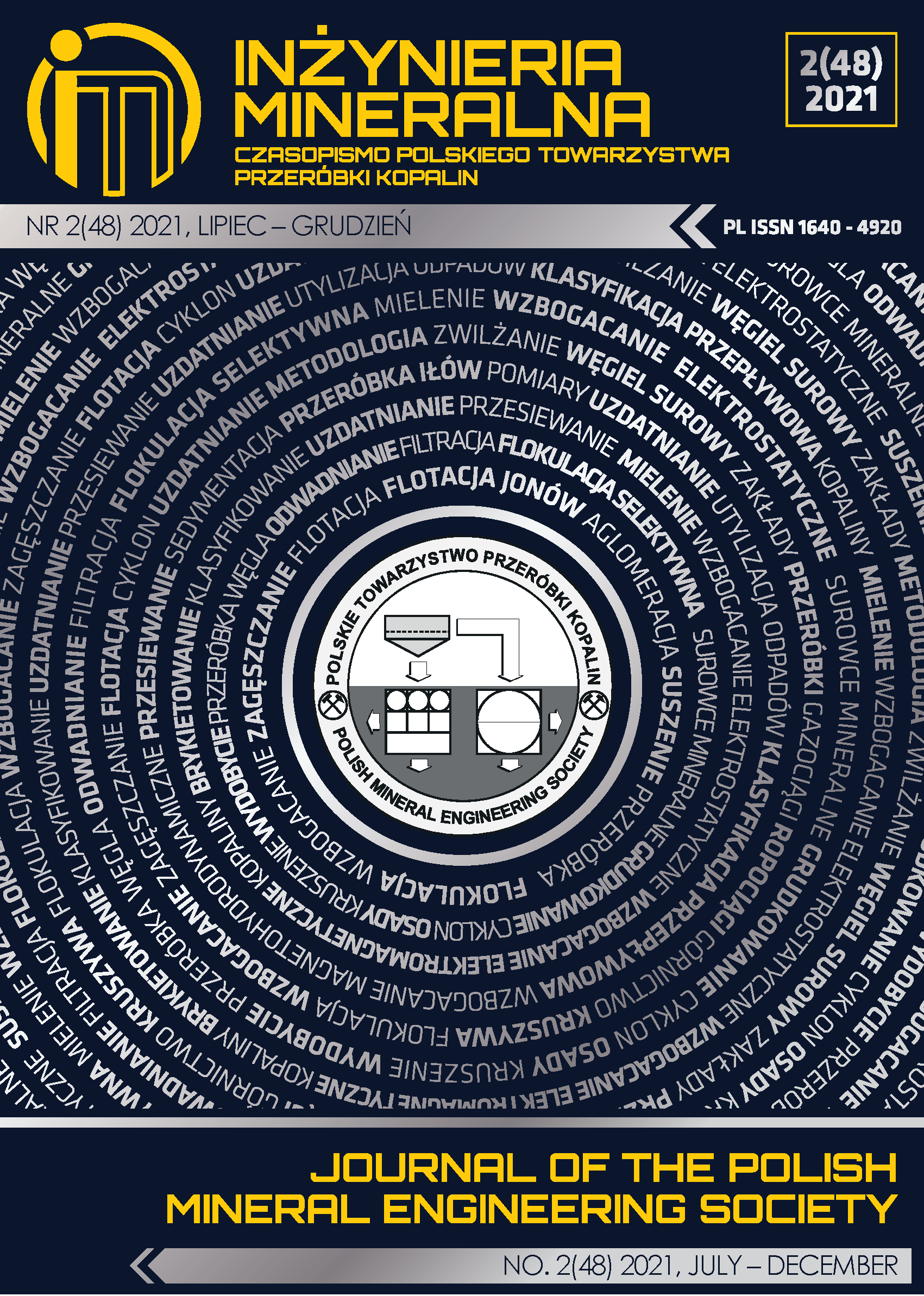The Influence of the Sample Preparation on the Result of Coal Propensity to Spontaneous Combustion in the High-temperature Adiabatic Method
Abstract
The liability of coal to spontaneous combustion is the principal cause of mine fires. Spontaneous
combustion is one of the main threats in Polish and Vietnamese coal mines. The article presents an analysis
of the spontaneous combustion of coal in mines of both countries. It is related to the natural prone of coal
to spontaneous heating and consequently to its self-ignition. Despite the relevant recognition of the
methods of preventing this threat, in mines, spontaneous combustion occurs during the exploitation of
coal seams with low and very high self-ignition tendency. Apart from the technical factors related to the
design of coal seam mining, the properties of coal have a significant impact on the occurrence of
spontaneous combustion. Their correct recognition is essential to the precautions against spontaneous
combustion for minimalizing the risk of a mine fire. Therefore, it is necessary to study the factors
influencing the propensity of coal to spontaneous heating. A review of the methods used to determine the
propensity of coal to spontaneous combustion is presented in the article. Based on the high-temperature
method of determining the propensity of coals to spontaneous combustion, the influence of selected
factors related to samples' preparation for testing on the determination result was investigated. The
influence of the fractional decomposition and the moisture content in the prepared samples on the
determination result was demonstrated. The presented research results may improve research procedures
for determining the propensity of coal to spontaneous combustion.
Copyright (c) 2021 Dariusz OBRACAJ ,Marek KORZEC ,Tien Tung VU

This work is licensed under a Creative Commons Attribution-ShareAlike 4.0 International License.
This journal permits and encourages authors to post items submitted to the journal on personal websites or institutional repositories both prior to and after publication, while providing bibliographic details that credit, if applicable, its publication in this journal.







.png)
